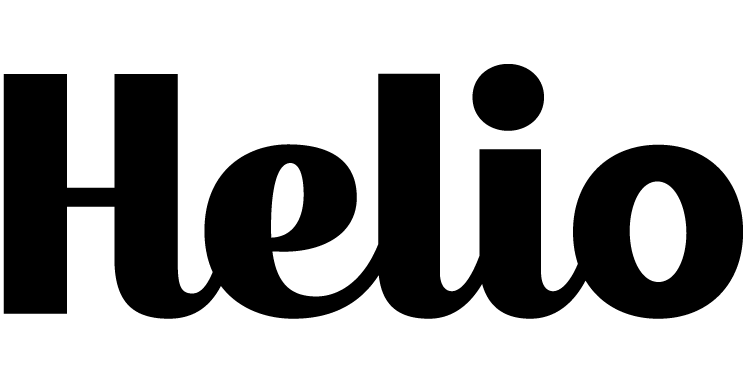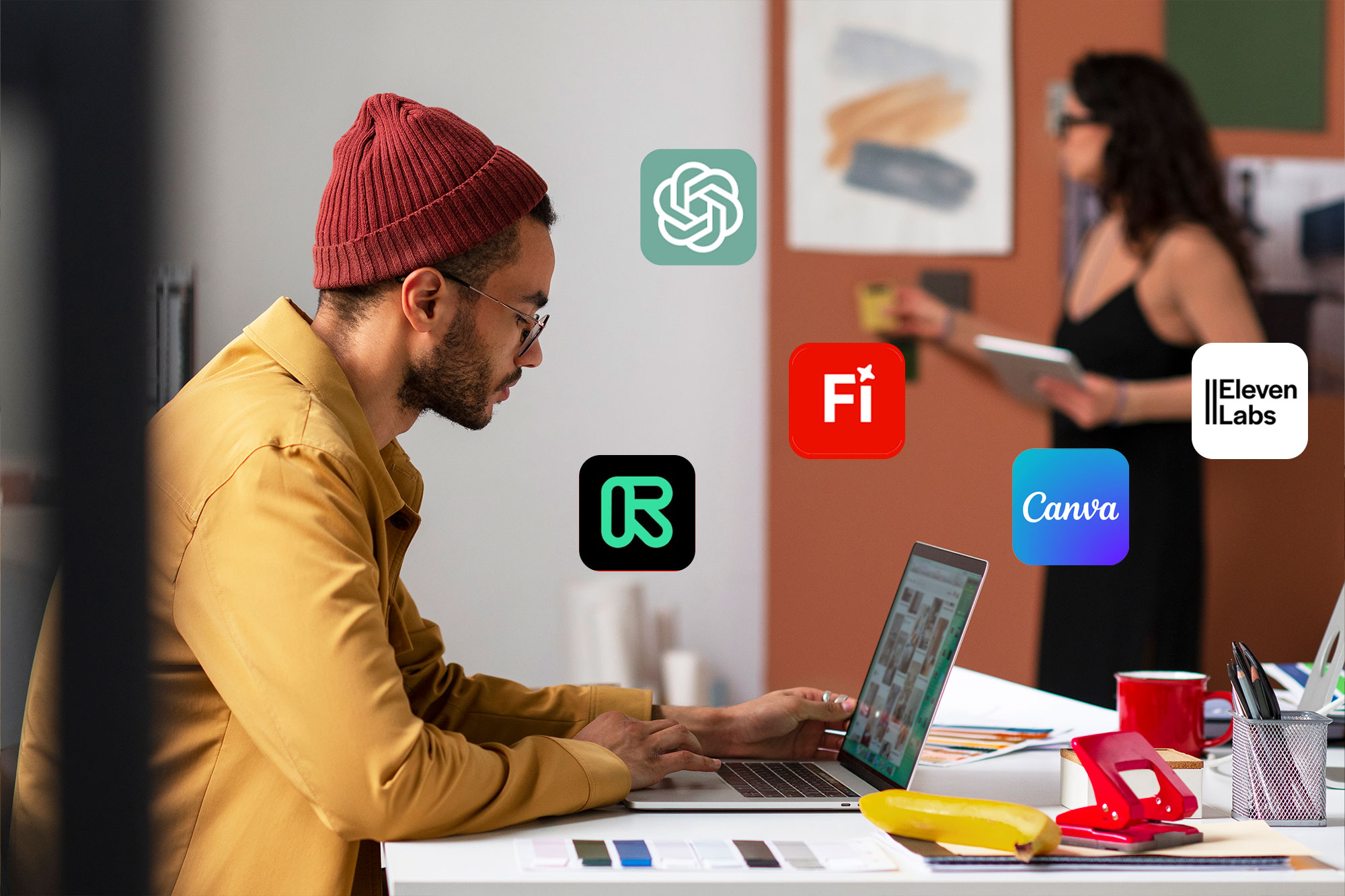Advertising Then: The Celebrity Era
The year is 2015, and society is shifting to the digital-first era of marketing. Through the power of celebrity endorsements and their controversial lives, brands are using social media outlets to reach massive consumer markets with linear messaging. Fast forward to 2025, and celebrity endorsements are now a thing of the past. These days, consumers prioritize authenticity and trust—something that can’t be bought, but can be proved. Marketing is now a game of hyper-targeted, creator-led, engagement-focused discipline. While the goal—connecting with audiences and inspiring action—has stayed the same, how we get there has changed dramatically.
In 2015, the formula was simple: hire a household name, put them in an ad, and watch consumer interest skyrocket. Think Kendall Jenner’s controversial 2017 Pepsi ad or George Clooney’s long-running partnership with Nespresso. These campaigns dominated headlines and impressions, but not always for the right reasons. The celebrity halo effect was powerful but often disconnected from everyday consumer realities.
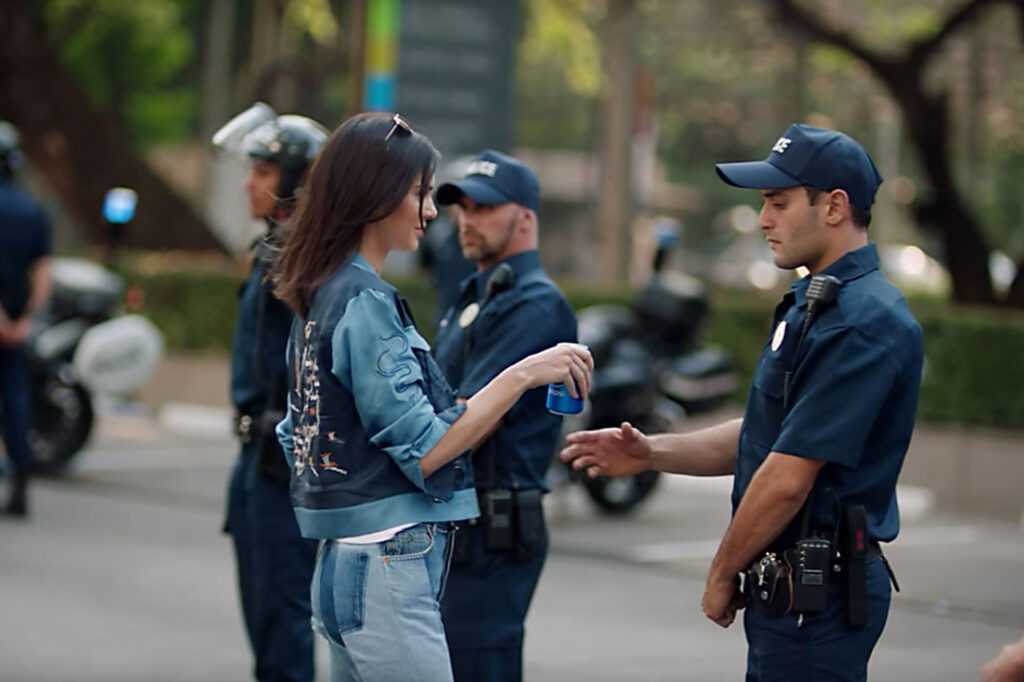
Kendall Jenner’s Controversial 2017 Pepsi Ad
Advertising Now: The Rise of Creators
Fast forward to the TikTok era, and it’s no longer about reach—it’s about resonance. Creators like Alix Earle, Khaby Lame, and Emma Chamberlain have become today’s trusted voices. These creators built their following not through paparazzi press or primetime interviews, but by showing up consistently with real, relatable content.
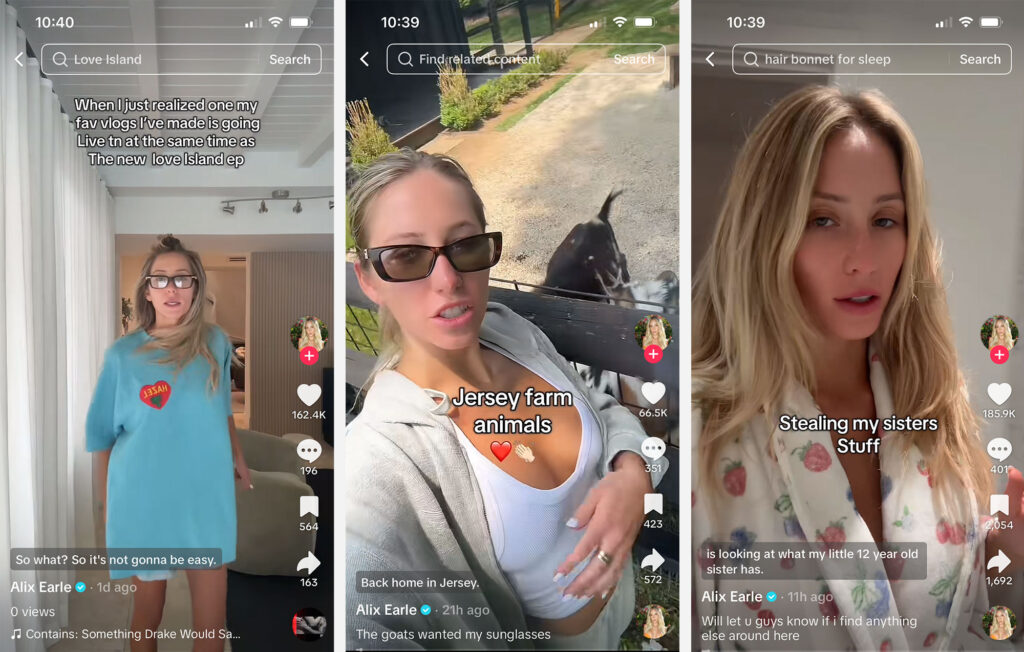
Khaby Lame Videos on TikTok
Why Creators Outperform Celebrities
According to a 2023 Nielsen report, 92% of consumers trust recommendations from individuals over brands—even if they don’t know them personally. This highlights why user-generated content and creator partnerships now outperform traditional endorsements in engagement and conversion.
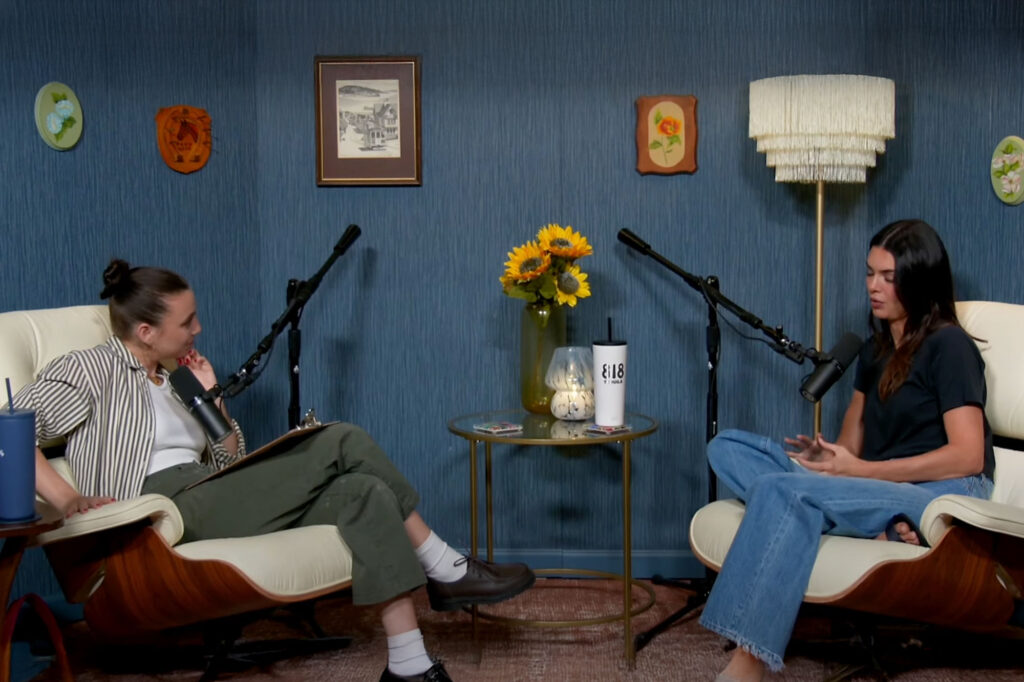
Anything Goes With Emma Chamberlain Podcast
Real-World Examples of Creator-First Wins
Take Duolingo, for example. Instead of investing in A-list partnerships, the brand went viral by allowing their social media manager to use humor and memes via their owl mascot on TikTok. This creator-first strategy led to millions of organic views and a younger, more engaged audience.
Or look at e.l.f. Cosmetics. Their “Eyes. Lips. Face.” campaign launched in 2020 by partnering with TikTok creators to turn their jingle into a trend. The result? Over 5 million user-generated videos and more than 7 billion views, making it one of TikTok’s most successful brand campaigns to date.
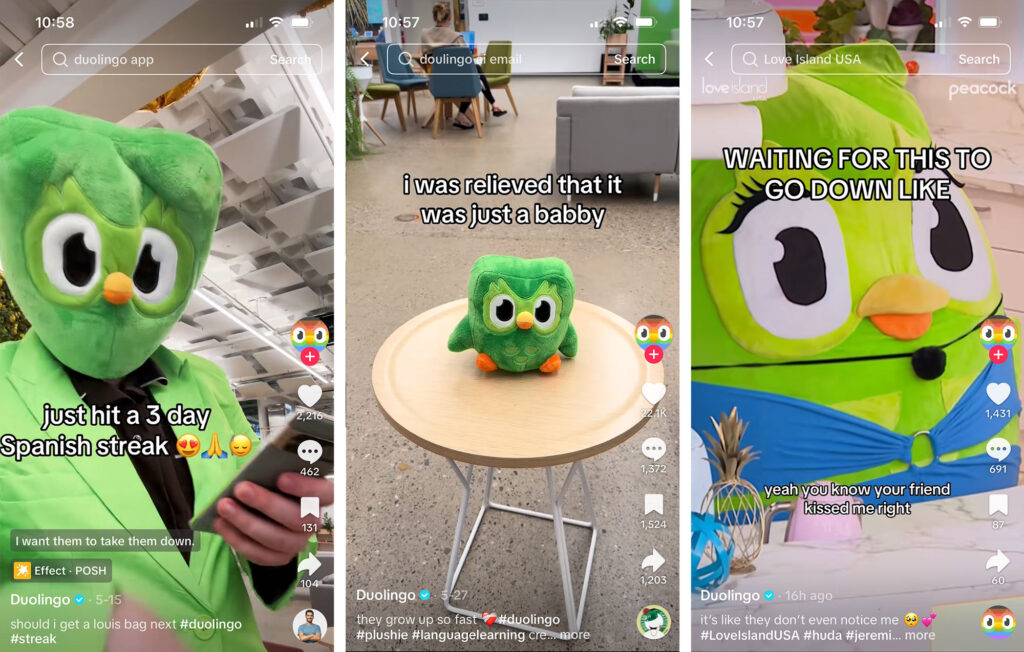
Duolingo’s TikTok Videos
Technology’s Role in the Shift
Technology is also enabling this shift. Real-time analytics and AI tools help brands identify and activate micro-influencers, who may have smaller followings but 60% higher engagement rates than celebrities.

The Takeaway: Connection Over Curation
As we enter the second half of the decade, the lesson is clear: audiences crave connection over curation. The age of the celebrity isn’t dead—it’s just been redefined. Today’s influencers are everyday people with extraordinary storytelling skills. Brands that embrace this—from controlling the narrative to co-creating it—are seeing real, measurable impact.
The billboard may still exist, but in 2025, it’s the comment section that drives conversions.
Curious how user-generated content can benefit your advertising efforts? Let’s talk about bringing UGC to your brand. Contact us to get started.
